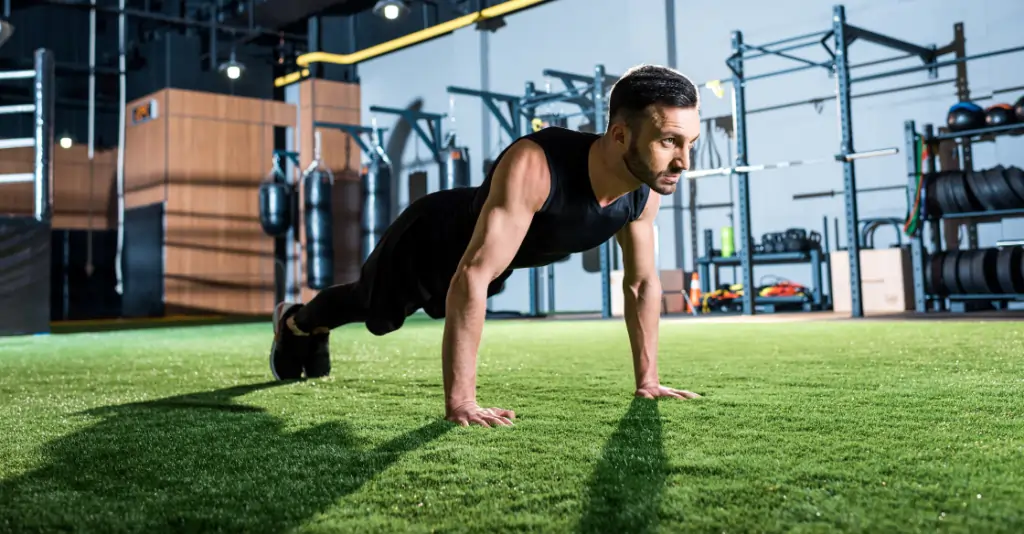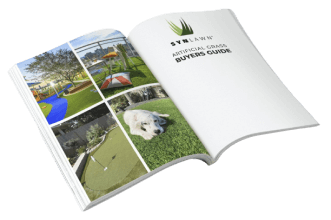During the months of notorious Texas heat, natural grasses can cost a homeowner a small fortune in water alone, not to mention the cost of fertilizer, pesticides, and the hours and hours spent with yard work.
Despite a higher initial investment, Texas residents have learned that synthetic grass costs far less than natural sod over time. More, it looks fresh and brand new despite unknown weather patterns and traffic.
Anymore, athletic training centers, too, have started choosing artificial grass rather than natural sod.
What Are the Benefits of Artificial Grass in Athletic Fields?
In the early days of 1964, when synthetic grass first broke onto the market, the industry’s original intention was to create a false green turf that could withstand the constant and aggressive traffic of athletes, while needing as little upkeep as possible. Synthetic grasses come in many different variations today, but they got their foothold in athletic turf.
It wasn’t just the athletes’ pounding that prompted a synthetic alternative. Natural grass just wasn’t getting enough sunlight to conduct the critical photosynthesis it needed to grow.
It is common for sports arenas to be built in a circular or long rectangular design, often with seating climbing upwards. These architectural designs can make it difficult for sunlight to reach the field below. Sun often only reaches the entirety of the area for a few short hours during the day when it’s highest in the sky.
It was all too common for grass within the stadium to die and to do it quickly. There was also something to be said about the arenas keeping up a high-quality aesthetic. Patchy grass with brown spots all over was not a good look for major athletes to be playing on. Perhaps the most significant plus side in choosing artificial grass was the cost efficiency and low maintenance.
Once the initial cost of purchase and installation was complete, the turf’s costs shrunk. Synthetic grass requires the occasional rinse down and may need repairs if an overzealous athlete accidentally puts a tear in it. However, beyond that shortlist, artificial grass is a win-win. High-quality artificial turf can last an athletic training center upwards of 15 years, after all.
What is Artificial Turf Made Of?
The history of artificial turf manufacturing goes back decades, and products used have evolved tremendously. Today’s artificial grass has gone through rigorous testing in different climates and levels of abuse.
Although similar to residential synthetic turf, athletic artificial grass is made to be sturdier, and increasingly ready to take on high traffic and rough play. Athletic turf’s unique design protects players from hard falls, trips, and slides.

Unique Synthetic Turf for Athletic Centers
Managers most often settle on nylon when choosing artificial grass for athletic centers. Nylon can withstand excessive heat, weight, and constant friction without losing its shape and rigidity.
However, nylon turf alone costs more than other materials. It’s also quite stiff when new. If players stumble across it at high speeds, full nylon turf bristles can scrape and injure them.
Nylon blended fields solve both of these problems. Nylon and polyethylene hybrids maintain their strength against sports while maintaining an authentic grassy look and feel. A nylon and polyethylene blend, coupled with a high resistance infill, and a strong backing are the ideal combination for athletic artificial grass.
Infill and Backing Ideal for Athletic Use
Player safety and stadium aesthetics depend on more than the synthetic grass blades themselves, however.
Athletic synthetic fields, more often than not, have a heavy-duty, polyester cord backing, which holds the blades of artificial grass and infill together. Polyester cord is the only backing that can take a warrior-level beating without falling apart.
Facility managers must also choose the best artificial grass infill. Infill, the material that sits underneath the synthetic blades of grass and on top of the ground, is composed of rubber and polyester. Small, broken up rubber crumble mixed with a polyester foam to make a durable yet soft infill for the field, cushioning player falls, and skirmishes.
How Do I Learn More?
To learn more about how much artificial lawn installation will cost, contact the experts at SynLawn at (866)-796-5296. Our professionals will be more than happy to answer any questions that you may have about choosing artificial grass.

